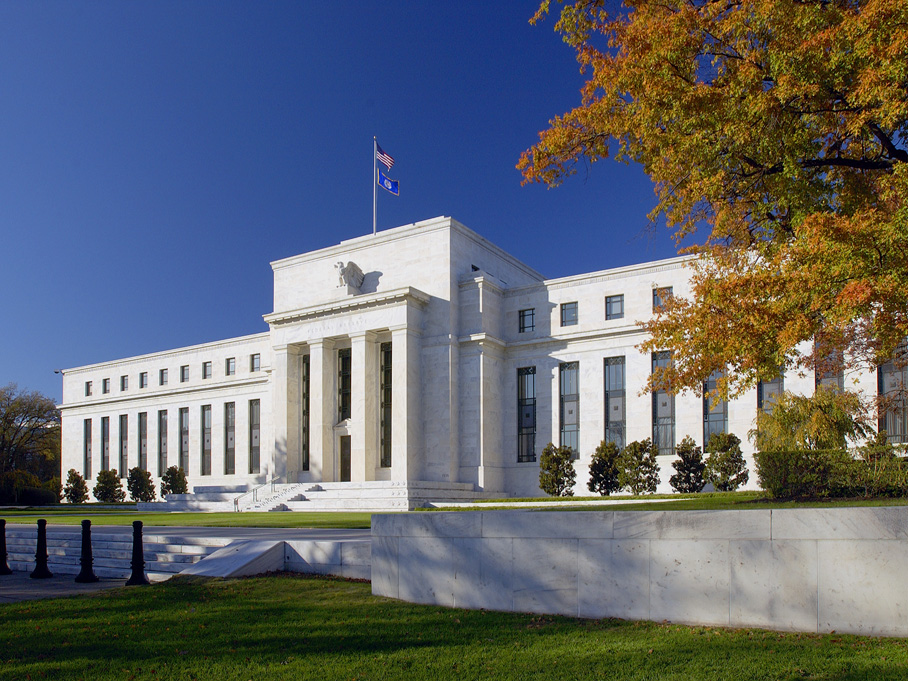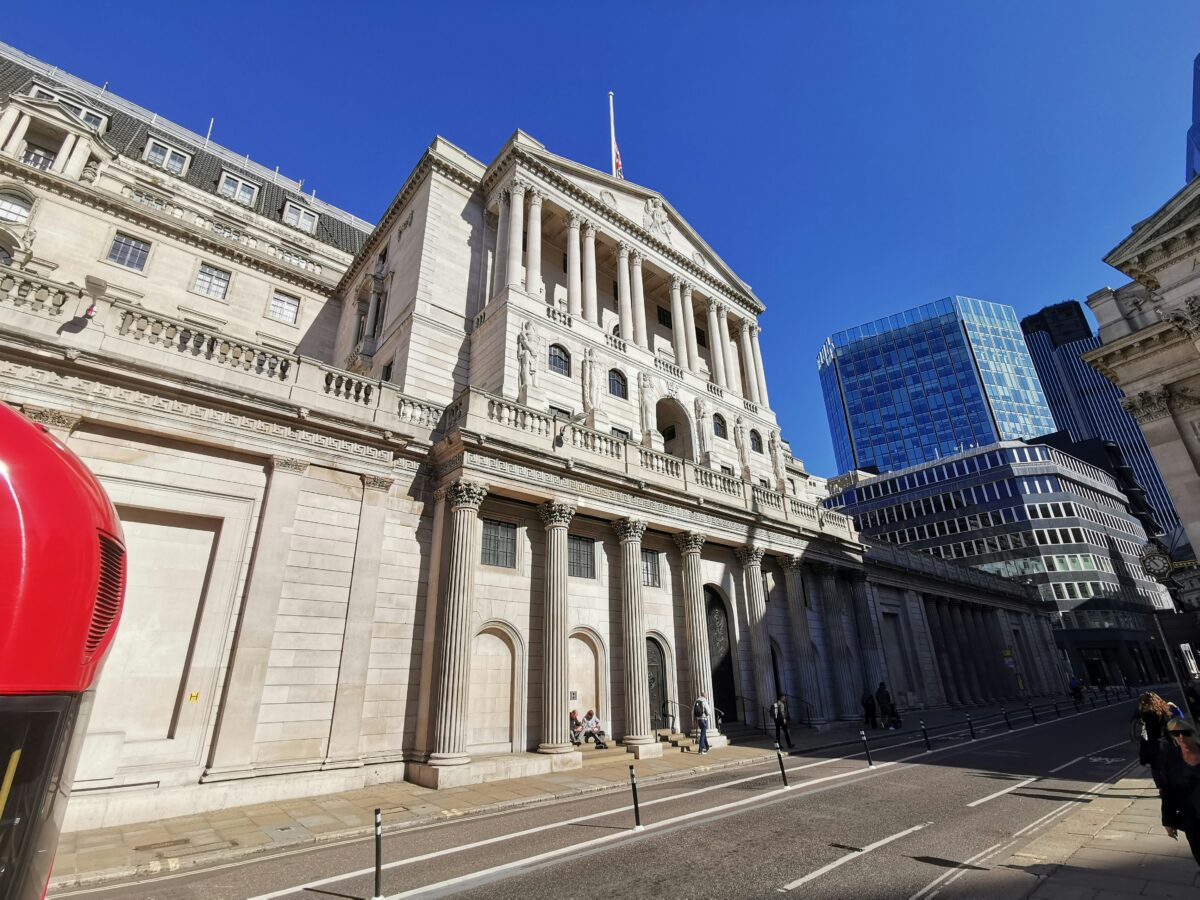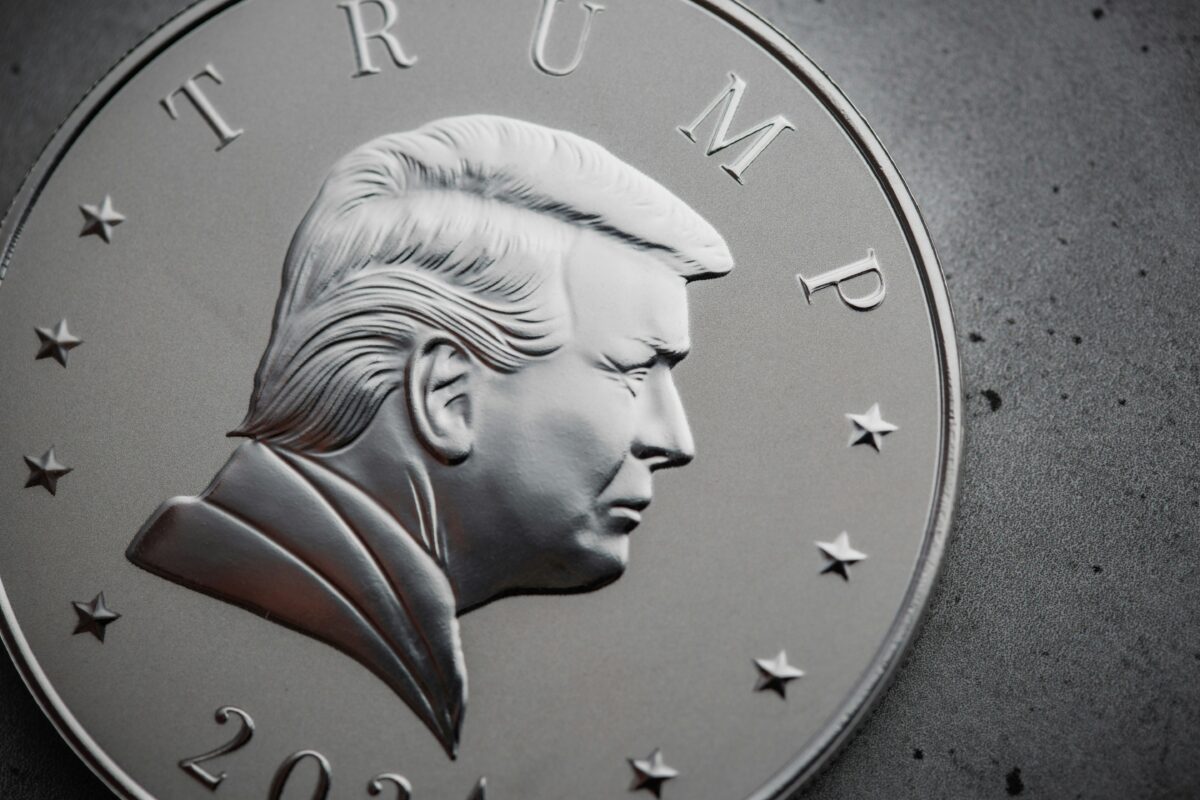By John Plassard, senior investment specialist at Mirabaud Group
As you know, last week the Federal Reserve began its rate-cutting cycle by announcing a “jumbo cut” of 50 basis points. This announcement had multiple effects on the financial markets, with the Dow Jones and S&P 500 hitting new record highs. But there is very little talk of the impact the cut will have on emerging countries.
The facts
On Wednesday 18 September, Jerome Powell announced that the Fed was cutting rates by 50 basis points and that an easing cycle had begun, which obviously suggests that further cuts will follow in the coming quarters. Analysts’ first instinct was to try and predict trends in bond yields, equities and the dollar.
However, a fall in interest rates in the world’s largest economy has many other (more important?) consequences for many asset classes and regions of the world. These include the emerging countries, which (almost) nobody wanted to hear about anymore. And yet, a cut in rates could give central banks in emerging markets some room for manoeuvre, enabling them to support domestic growth…
What is the mechanism behind the transfer to emerging countries?
The fall in US interest rates generally weakens the dollar, making it easier for emerging countries to manage repayments on their dollar-denominated debt, while encouraging investors to turn to high-yielding assets in emerging countries.
This could boost the currencies of emerging countries and increase investment flows into their bond markets. Central banks in countries such as South Africa and Indonesia have already followed suit by cutting their own rates, which could lead to further economic easing and improved market performance in these regions.
Historically, emerging market equities and bonds have benefited from Fed easing cycles, particularly when the US economy was avoiding recession.
The change in US monetary policy has also led to a reassessment of the risks in the economies of emerging countries that rely heavily on cross-border trade, which could be vulnerable if the US dollar strengthens or if trade policies change, particularly in the context of the forthcoming US elections.
Experts believe that emerging market debt could outperform in the months ahead, as the Fed continues to ease policy and emerging market central banks have more room to manoeuvre in cutting rates in line with local conditions.
Nevertheless, investors remain cautious because of the persistent political and fiscal risks in several emerging markets.
How have emerging market assets performed historically?
Historically, emerging market equities have performed well during US Federal Reserve easing cycles, particularly when they were not followed by a recession.
Investors are keeping a close eye on current conditions, in the hope that a soft landing might give emerging market equities a similar boost.
According to Julius Baer data, emerging market equities outperformed developed market equities by 27% in previous soft-landing scenarios.
Investors should expect more evidence of a soft landing, a reduction in election-related risks and a weaker US dollar.
In the meantime, emerging market bonds are a more attractive investment option, as they have provided solid returns in a variety of economic conditions during previous Fed easing cycles.
As such, bonds could be a better entry point as US growth remains uncertain. Once clearer signs emerge, emerging market equities could be a better investment opportunity.
Politics first and foremost
While emerging market specialists expect local bonds to outperform, recent volatility has prompted investors to be cautious.
Overall, while emerging market valuations are attractive, unforeseen factors such as political instability have tempered investor enthusiasm.
We therefore need to be selective about investing in emerging countries, particularly given the uncertainties surrounding the US election and its potential impact on trade and currency strength.
It is estimated that around 80% of cross-border loans to emerging market economies are denominated in US dollars.
Dollar-denominated loans account for 60% of cross-border lending to emerging market economies in Europe and over 90% of lending by foreign banks to emerging market economies in Africa, Asia and the Americas.
Loans from foreign banks account for around half of the external liabilities of emerging market economies.
For example, it is estimated that a 4-percentage-point fall in US rates leads to a 32% increase in lending volumes for emerging markets compared with developed markets.
What does the IMF have to say?
It is interesting to note that the International Monetary Fund (IMF) has just published an analysis of the impact of falling interest rates on emerging countries.
According to the institution, capital flows to emerging markets and developing economies have gone through boom-and-bust cycles in recent decades, often influenced by the monetary policies of the major advanced economies.
Recently, despite global monetary tightening, these flows have remained relatively stable thanks to sound economic policies and healthy international reserves.
However, the most vulnerable countries have been hard hit by the increase in borrowing costs, as shown by the sharp fall in Eurobond issues (international bonds denominated in foreign currencies).
These Eurobonds allow emerging countries to bypass the limitations of their national financial markets but expose borrowers to exchange rate risks and higher interest rates.
Between 2022 and 2023, net Eurobond issuance fell by 70%, affecting 26 countries in particular, including Bolivia and Mongolia. Tighter external financial conditions and internal vulnerabilities have led some countries to reduce investment, which has slowed economic growth.
In 2024, the easing of monetary policies in the major economies led to a resumption of Eurobond issuance, particularly in countries such as Benin and Côte d’Ivoire. This could herald a broader rebound in capital flows to emerging economies.
How to invest in this environment
The question, of course, is how to invest in this environment. There are two things to keep a very close eye on.
First, the currency in which you invest. Investing in local currencies in emerging markets offers considerable advantages. Firstly, there is strong potential for currency appreciation, which can boost your returns if the local currency strengthens against the dollar or the euro. It also allows you to diversify your currency risk, an essential asset in times of currency fluctuations. Secondly, emerging markets often offer higher return opportunities, particularly in under-exploited, fast-growing sectors.
Inflation is another aspect to consider. Investing in local currency mitigates the impact of price rises, as assets are valued locally. What’s more, emerging economies with solid growth and young demographics often see their currencies appreciate, which offers another lever for profit.
Secondly, as we noted earlier, it is important to consider the political question. Changes in governance or fiscal policy in an emerging country can have major implications for the performance of sovereign bonds and/or the index of a given country.
Finally, it is crucial not to ignore the risks inherent in these markets, such as volatility and geopolitical tensions.
Conclusion
Is it finally time for emerging countries to shine? The answer could well be … yes, but!
Although the fall in US interest rates (and potentially the dollar) should provide a lifeline for many countries, you need to keep an eye on the currency in which you are investing, as well as the country’s political situation.







